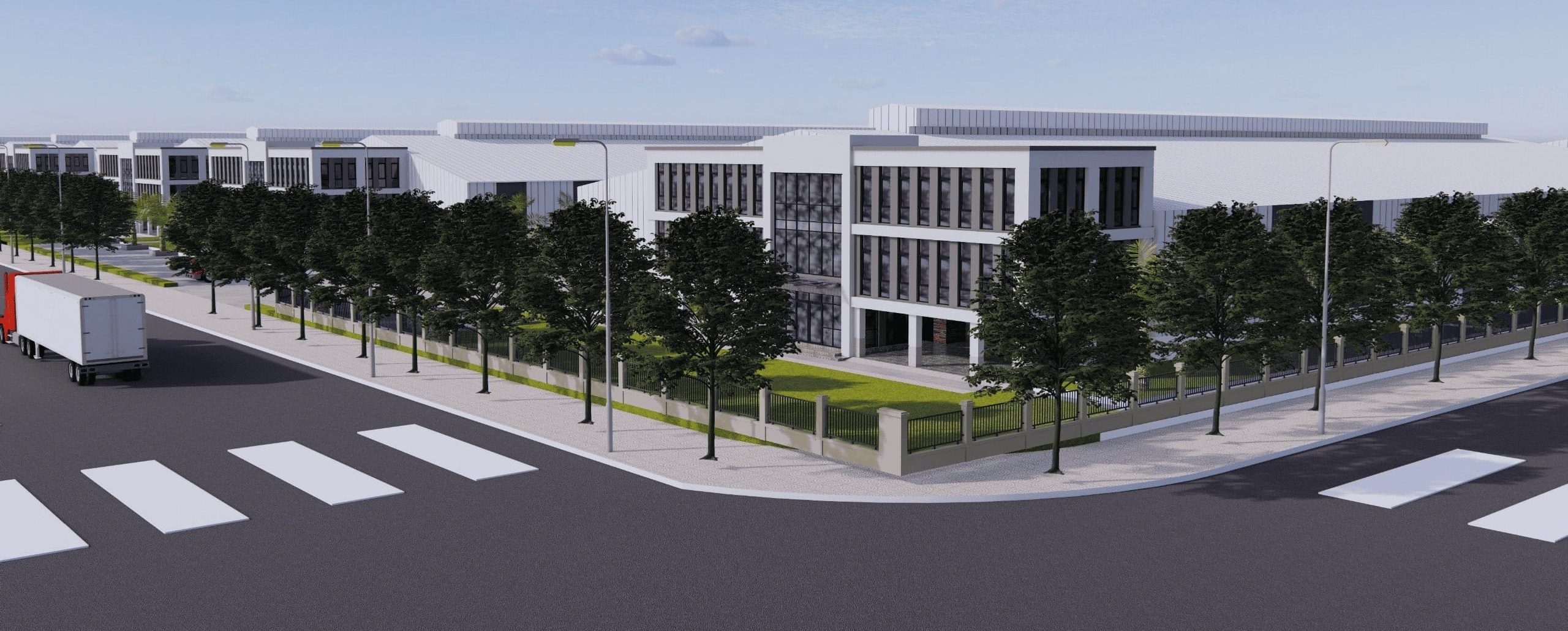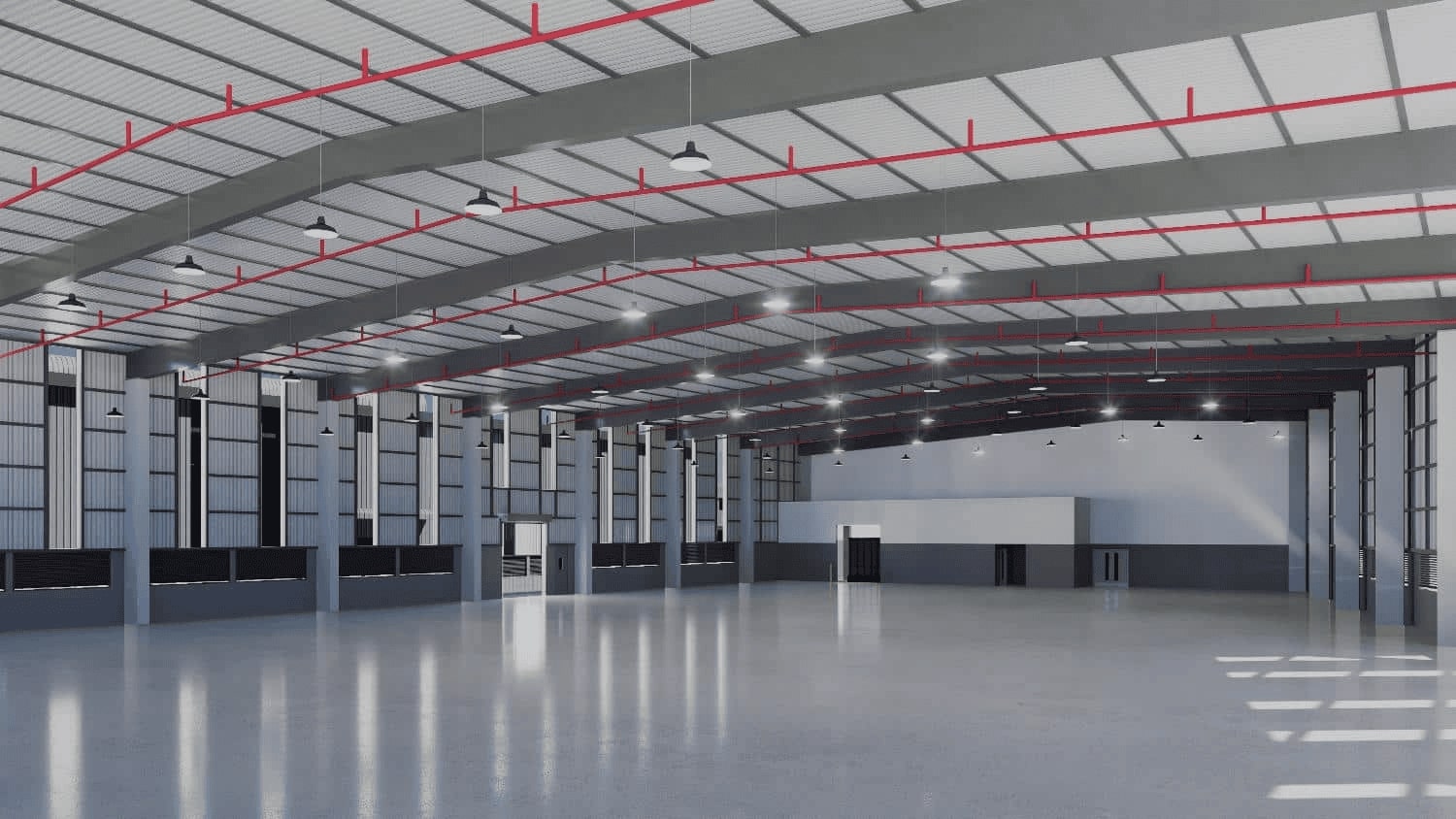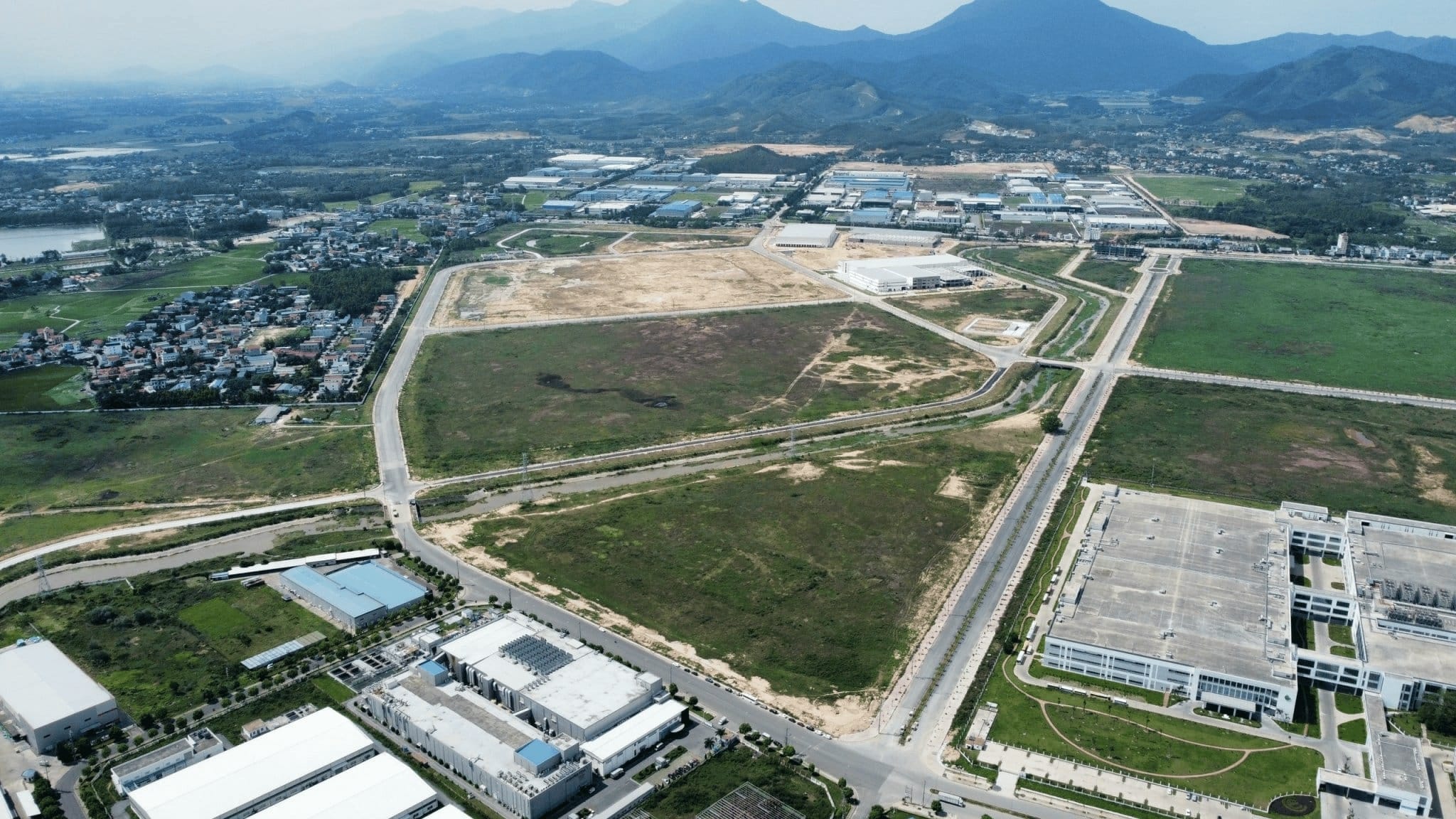
In the backdrop of Vietnam’s burgeoning industrial growth, this article explores the pivotal role played by built-in factories in supporting the country’s economic transformation. These built-in factory in Vietnam have become instrumental in Vietnam’s industrial landscape, offering advantages such as cost-efficiency, streamlined operations, and strategic locations. We delve into the investment opportunities they present, including attracting foreign investors, key industries, government incentives, and emerging trends. Real-life case studies highlight their impact, with Savills Industrial’s expertise contributing to success stories.
As Vietnam continues to thrive as an industrial hub, this article provides a valuable resource for those keen on understanding the significance of built-in factories and how Savills Industrial can help navigate this dynamic landscape.
Built-in factories in Vietnam offer significant cost advantages. These purpose-built facilities are designed for optimal efficiency, reducing operational expenses and maximizing resource utilization. Lower production costs, including labor and utilities, contribute to improved profitability for businesses operating within these factories.
Built-in factories are tailored to specific industries, allowing for streamlined operations and enhanced productivity. They often come equipped with state-of-the-art machinery and technology, reducing the need for significant capital investments. This results in quicker setup times and smoother production processes, ultimately benefiting businesses by minimizing downtime and increasing output.
Vietnam’s built-in factories come with modern infrastructure and essential facilities. This includes robust utilities, reliable power supplies, water treatment facilities, and advanced telecommunications infrastructure. Such amenities ensure uninterrupted operations and enable businesses to focus on their core activities without concerns about infrastructure limitations.
Built-in factories are strategically located in key industrial zones and regions across Vietnam. Their proximity to major transportation hubs, ports, and logistical networks facilitates efficient supply chain management and distribution. This strategic advantage not only reduces transportation costs but also enhances accessibility to domestic and international markets, positioning businesses for growth and expansion.
These advantages collectively make built-in factories in Vietnam an attractive choice for businesses seeking cost-effective, efficient, and strategically positioned solutions for their manufacturing and production needs.

Vietnam’s built-in factories are a magnet for foreign investors. The country’s welcoming business environment, liberalized trade policies, and investment incentives have attracted a multitude of international companies seeking to establish their presence. Built-in factories offer foreign investors a seamless entry into Vietnam’s vibrant industrial sector, fostering economic growth and cross-border collaboration.
Vietnam’s built-in factories cater to a wide spectrum of industries and sectors, including electronics, textiles, automotive, and more. Investors can capitalize on the country’s thriving manufacturing ecosystem, leveraging specialized facilities tailored to their specific needs. With an abundance of opportunities, these factories serve as hubs for innovation, production, and industry-specific expertise

The Vietnamese government actively encourages investment in built-in factories through a range of incentives. These may include tax breaks, preferential land lease terms, and streamlined administrative procedures. Such incentives not only reduce the financial burden on investors but also promote sustainable business growth within the country.
Vietnam’s built-in factories align with prevailing market trends. The country’s strategic location within Southeast Asia positions investors to tap into regional and global markets. Additionally, emerging trends such as eco-friendly manufacturing, digitalization, and automation are integrated into these factories, ensuring alignment with the evolving needs of today’s industries.
These investment opportunities underscore Vietnam’s role as a prime destination for businesses seeking to leverage the advantages of built-in factories. With foreign investment on the rise, key industries flourishing, government support, and an eye on market trends, Vietnam’s built-in factories offer a promising avenue for investors looking to expand their footprint in the region.
Read more: Great King Group Kickstarts Market Entry With A 11,200 m2 Ready-Built Factory In Northern Viet Nam
Operating within the Vietnamese regulatory framework can be complex for businesses, especially those unfamiliar with the local legal environment. Navigating compliance requirements, obtaining permits, and adhering to regulations related to labor, taxation, and environmental standards can pose significant challenges. A thorough understanding of the legal landscape is essential to ensuring smooth operations.
While Vietnam boasts a young and dynamic workforce, managing and retaining skilled labor can be a consideration. Recruitment, training, and talent retention strategies are crucial in a competitive labor market. Businesses must also adapt to local labor practices and cultural nuances in order to maintain a motivated and efficient workforce.
As Vietnam’s industrial sector continues to flourish, competition among businesses operating in built-in factories intensifies. Staying competitive requires innovation, cost efficiency, and a keen understanding of market dynamics. Companies must continually assess their strategies to maintain their market position and capture growth opportunities.

Built-in factories are not immune to risks, including those associated with global economic fluctuations, supply chain disruptions, and geopolitical factors. Effective risk mitigation strategies, such as diversification, supply chain resilience, and contingency planning, are essential to safeguard investments and ensure long-term sustainability.
Addressing these challenges and considerations is integral to the success of businesses operating in Vietnam’s built-in factories. A proactive approach to regulatory compliance, talent management, market positioning, and risk management will enable investors to harness the opportunities presented by this dynamic industrial landscape.
The future of built-in factories in Vietnam appears promising, with these purpose-built facilities expected to play an increasingly critical role in the country’s industrial development. As Vietnam continues to attract foreign investment and diversify its industrial base, built-in factories will serve as catalysts for innovation, efficiency, and growth. They will remain hubs for key industries, supporting both domestic and international businesses in their pursuit of cost-effective and streamlined operations.
Read more: Explore Leasing Opportunities for Modern Ready-Built Factories
Several trends and opportunities are set to shape the landscape of built-in factories in Vietnam. These include a growing focus on sustainable and eco-friendly manufacturing practices, greater integration of digital technologies and automation, and an emphasis on supply chain resilience. Additionally, the development of high-tech industrial parks and zones will provide businesses with access to advanced infrastructure and opportunities for research and development collaborations.
As Vietnam continues its trajectory as a dynamic industrial hub, built-in factories will adapt to meet the evolving needs of businesses seeking to capitalize on the country’s economic advantages. With the alignment of trends and opportunities, investors can anticipate a future characterized by innovation, efficiency, and sustainable growth within Vietnam’s industrial landscape.
For investors and businesses eager to explore the possibilities offered by built-in factories in Vietnam, Savills Industrial stands ready as your trusted partner. With deep expertise in Vietnam’s industrial real estate market and a commitment to providing valuable insights, Savills Industrial can help you navigate this transformative landscape. We invite you to explore investment opportunities with us, ensuring that you are well-positioned to harness the potential of built-in factories in Vietnam. Your journey towards success in Vietnam’s industrial sector begins with Savills Industrial. Contact us today to embark on this exciting venture.